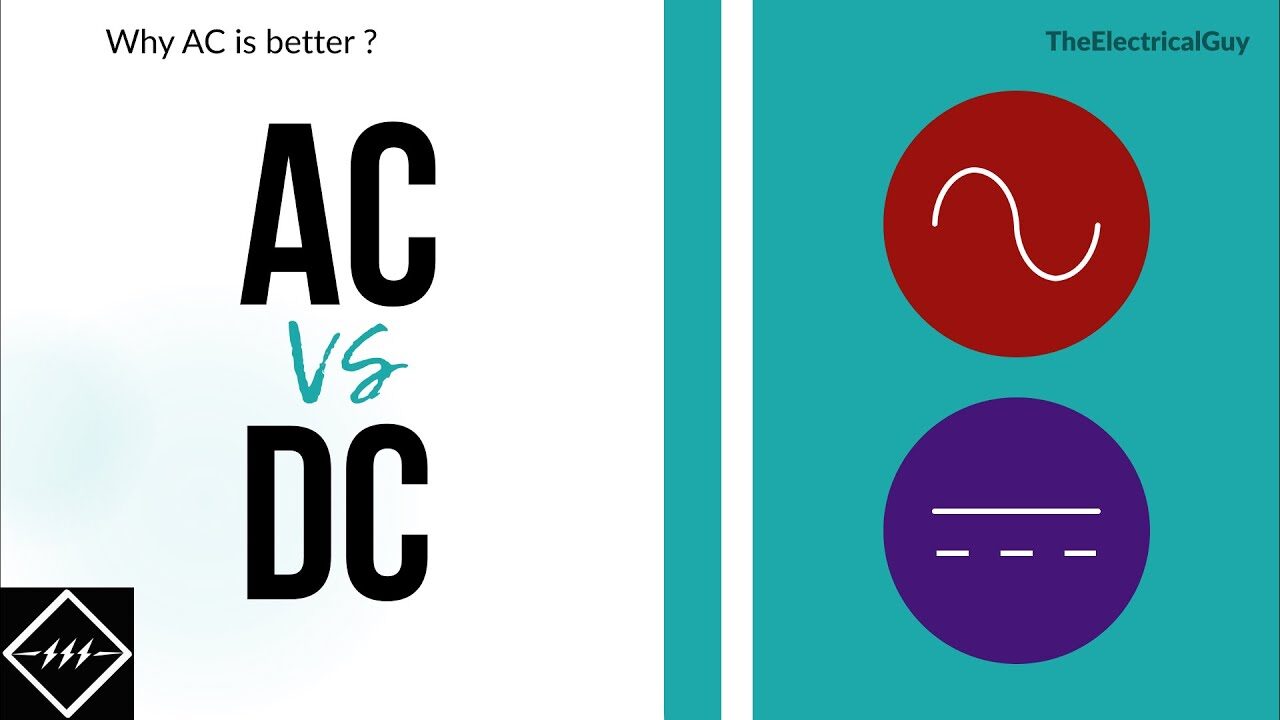What is Open Circuit ? Detailed explanation
What is Open Circuit ? Detailed explanation https://www.theelectricalguy.in/wp-content/uploads/2021/01/Thumbnail-1-1024x576.jpg 1024 576 Gaurav J Gaurav J https://secure.gravatar.com/avatar/87a2d2e0182faacb2e003da0504ad293?s=96&d=mm&r=gOpen circuit is the situation in which, a closed path of electrons is broken.
Now, what this situation will cause in case of series circuit as well as parallel circuit ? Is this situation dangerous ? Well, we’ll learn everything about open circuit in detail in this tutorial.
What is Open circuit ?
As we know, an electric circuit is a closed path offered for electrons to flow. An example of circuit you can see below. Now, let say, there is some interruption in this closed path. And because of that, the flow of electrons is disturbed or let’s say stopped. This situation is called as open circuit.
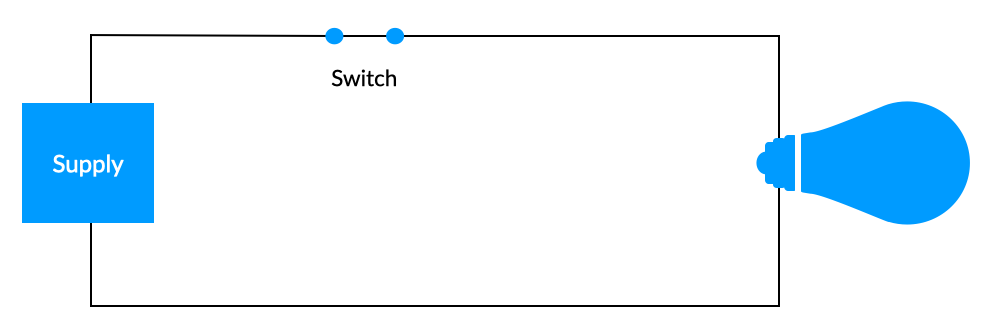
Closed Circuit
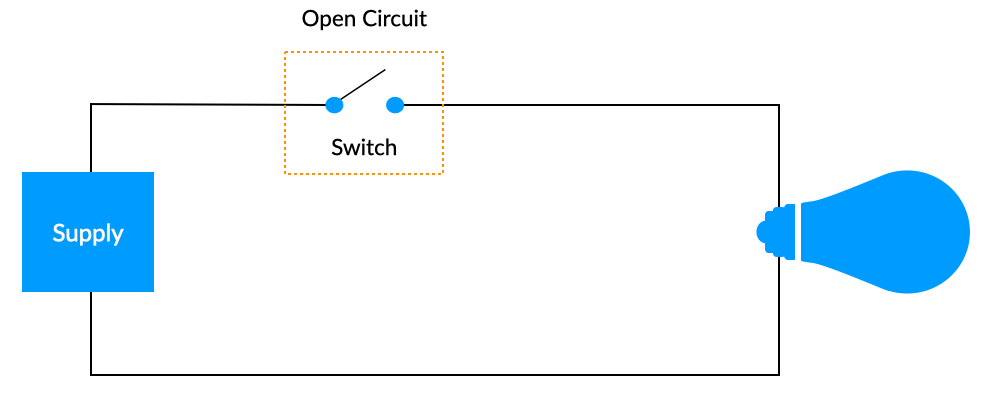
Open Circuit
So, by definition, an /open circuit/is one where the continuity has been broken by an interruption in the path for electrons to flow.
Open circuit is very common in our life. We create such open circuits everyday.
For example, to turn off a light, we need to break to flow of electrons. And to do so, we need to press the switch. As soon as we press the switch, the bulb will be turned off. So, basically, what switch is doing? It is breaking the path for electrons. It is basically creating an open circuit.

Similarly, let’s say we have a running motor. To stop it, we need to operate the switch. And the moment we operate the switch, it’ll stop. Again, the switch is creating an open circuit. So, open circuit is actually helping us in stopping things.
Now, you can say, open circuit is a good thing. Yes it is, in some cases. And in some cases, it can get very dangerous. How? To know that keep reading the tutorial.
So, this is the open circuit. And if you close this open part, electrons will start flowing again. And now, we can call this as a closed circuit. many people get confused between closed circuit and short circuit. Both the terms are different, of course. Closed circuit is a perfectly normal condition. Where as, short circuit is an abnormal condition in which, current gets abnormally high. We’ll learn in detail about short circuit in our next video.
Coming back to open circuit. No current can flow through an open circuit. So, as per ohm’s law, an open circuit will have infinite resistance.
What causes Open circuit?
- Component failure
- Break in conductor
- Manual interruption
Component failure means, any of the component in the circuit becomes faulty or gets damaged. For instance, you have three resisters connected in a circuit R1, R2 & R3. Now, because of some reasons R2 is let’s say burnt out. Now the circuit is not complete because, there is an open circuit.
Break in conductor can happen because of multiple reasons. Conductor can break because of aging or wear & tear. Conductor can break accidentally or may be intentionally as well. There are multiple reasons for that, you just name it.
Manual interruption we just saw. We can do this just by simply turning off the switch. We can also take example of circuit breaker. If we are opening the circuit breaker for maintenance purpose, we are creating an open circuit manually.
Open circuit can have different impacts in a series circuit & parallel circuit. Let’s start with the open circuit in a series circuit.
Open circuit in a Series circuit
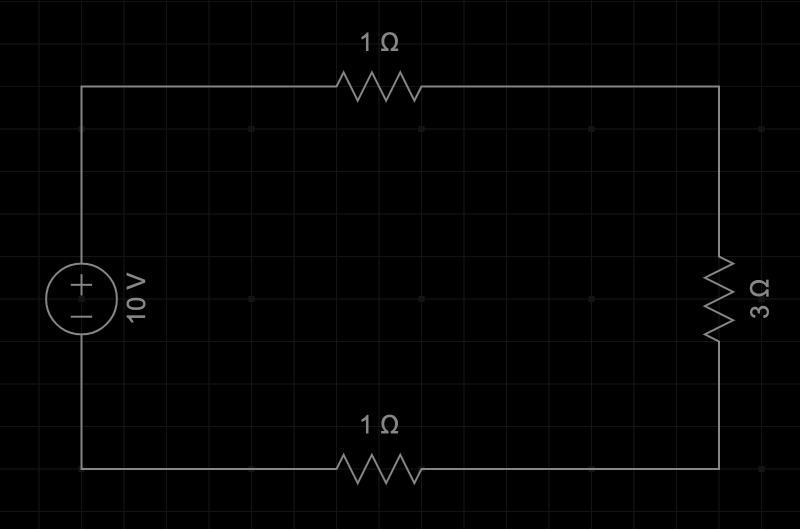
Let’s consider a simple series circuit as shown. We have a 10 volts supply and three resistors R1, R2 & R3. Equivalent resistance of this circuit will be R1+R2+R3 I.e. 5 ohms. Therefore, the total current is 2A. Now with this data, we can find out the voltage drop across each resistor. So, voltage drop across R1 is 2V, R2 is 6V & R3 is again 2V. So this this the normal situation. Now let’s say, there is a component failure, R3 is damaged which caused an open circuit. Now let’s see the voltage and current in the circuit.
First thing we can notice is that, current in the whole circuit will become zero. Voltage drop across R1 & R2 is also zero. However, voltage drop across the open will be equal to the supply voltage I.e. 10V. This you can find out by applying KVL here.
| Normal | Open Circuit | |
| R total | 5 ohms | ∞ |
| I total | 2 amps | 0 amps |
| VR1 | 2 volts | 0 volts |
| VR2 | 6 volts | 0 volts |
| VR3 | 2 volts | 10 volts |
Open circuit in parallel circuit

Consider simple parallel circuit shown. Now let’s say, there is an open circuit at R3 (last resistance 1 ohms). Now what will be the current & voltage in this circuit.
As this is a parallel circuit, current flowing through R1(1 ohms) & R2(3 ohms) will be normal. Voltage across these resistor will also be normal.
Current through R3 will be zero. Because current through R3 is zero, the total circuit current will drop. In the normal situation the total current would be 23A. After the open circuit the total current will drop to 13A.
Now this is the situation in case if the open circuit takes place in any of the branch of parallel circuit. But if the open is let’s say, here right after the voltage source, then the complete circuit is down. No current will flow through any of the branch.
Is open circuit dangerous?
You must be familiar with fuse. Fuse is also used to create an open circuit in an abnormal condition. So that, the circuit or a particular equipment is saved. Whenever an abnormal high current passes through the circuit, the fuse will be blown and the continuity of current will be interrupted. And that will save the equipment and the circuit. Fuse is actually creating an open circuit here. So, open circuit is good? Yes it is good in some cases but not in all.
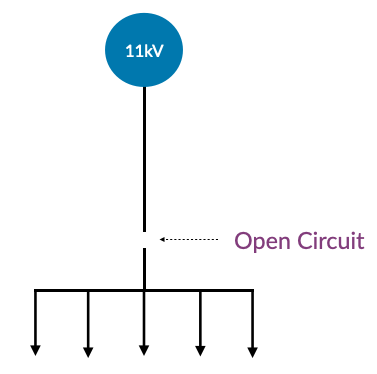
Let’s say, we have a 11kV system as shown. And let’s assume we have used cables to transmit the power. Accidentally, the cable is broken. And now there is an open circuit in the system. Now, entire voltage will be available across the break. If the voltage is enough, an arc will get stuck in between the break. And that can further cause significant power loss and in a worst case it can damage the system as well. Of course, you won’t see this in low voltage but it can happen in high voltages. So, that’s the reason why, open circuit is not good all the time it can get dangerous as well.
Summary
Let’s summarise this tutorial.
- Open circuit is one where the continuity has been broken by an interruption in the path for electrons to flow.
- Open circuit can happen because of component failure, break in conductor or manual interruption.
- In series circuit, open circuit can cause complete loss of current.
- In parallel circuit, only the branch affected by open circuit will have zero current.
- Open circuit can also cause an arc!
- Post Tags:
- Fundamentals
- Posted In:
- Fundamentals of Electrical Engineering
- Tutorials
Gaurav J
Electrical Engineer. Content Creator. Currently working with a High & Extra High Voltage Switchgear Industry.
All stories by: Gaurav J

